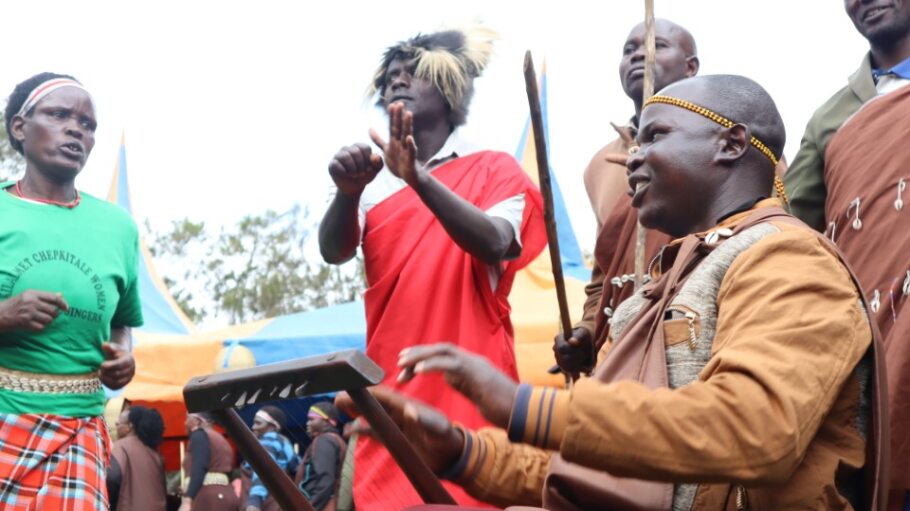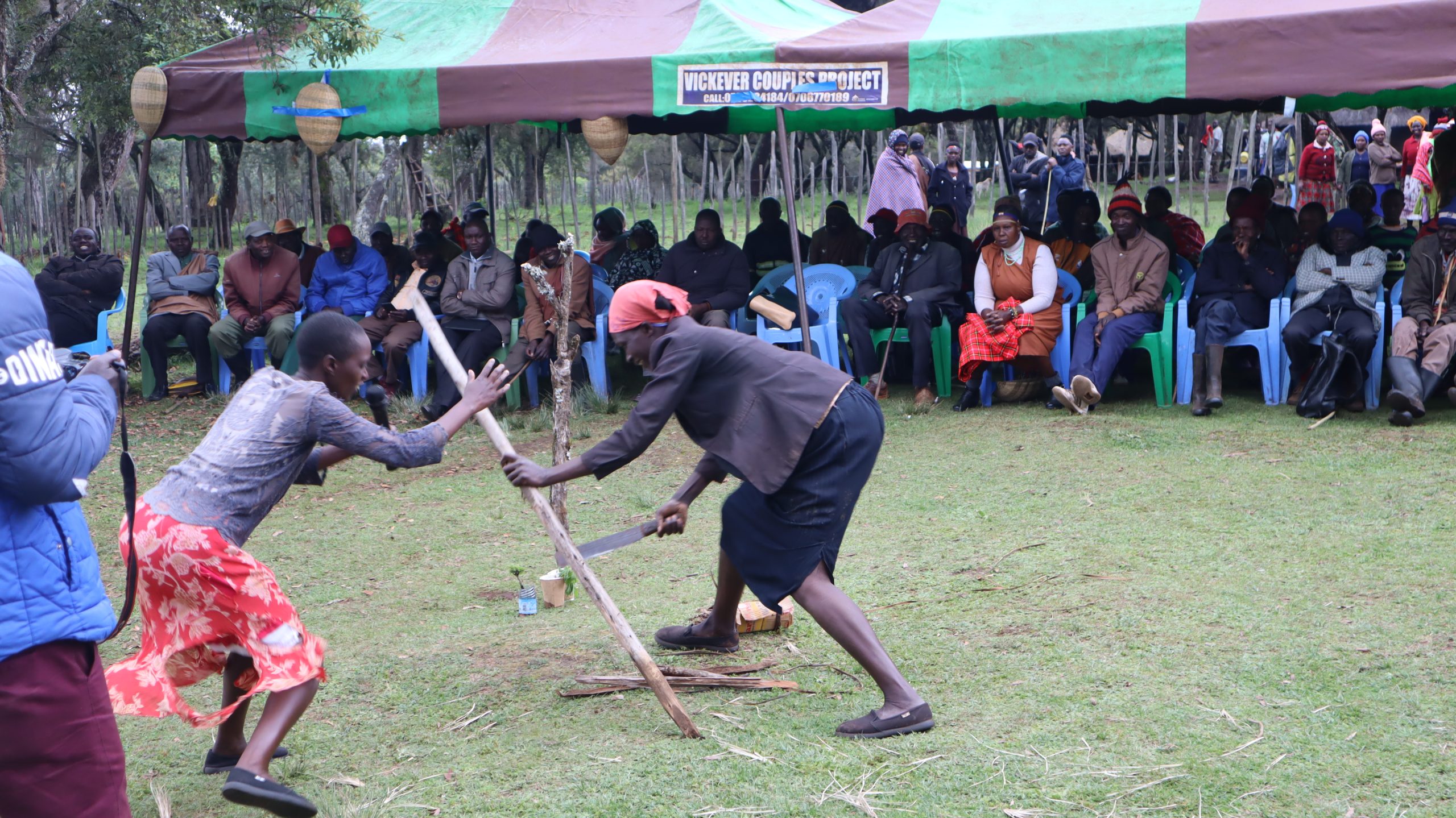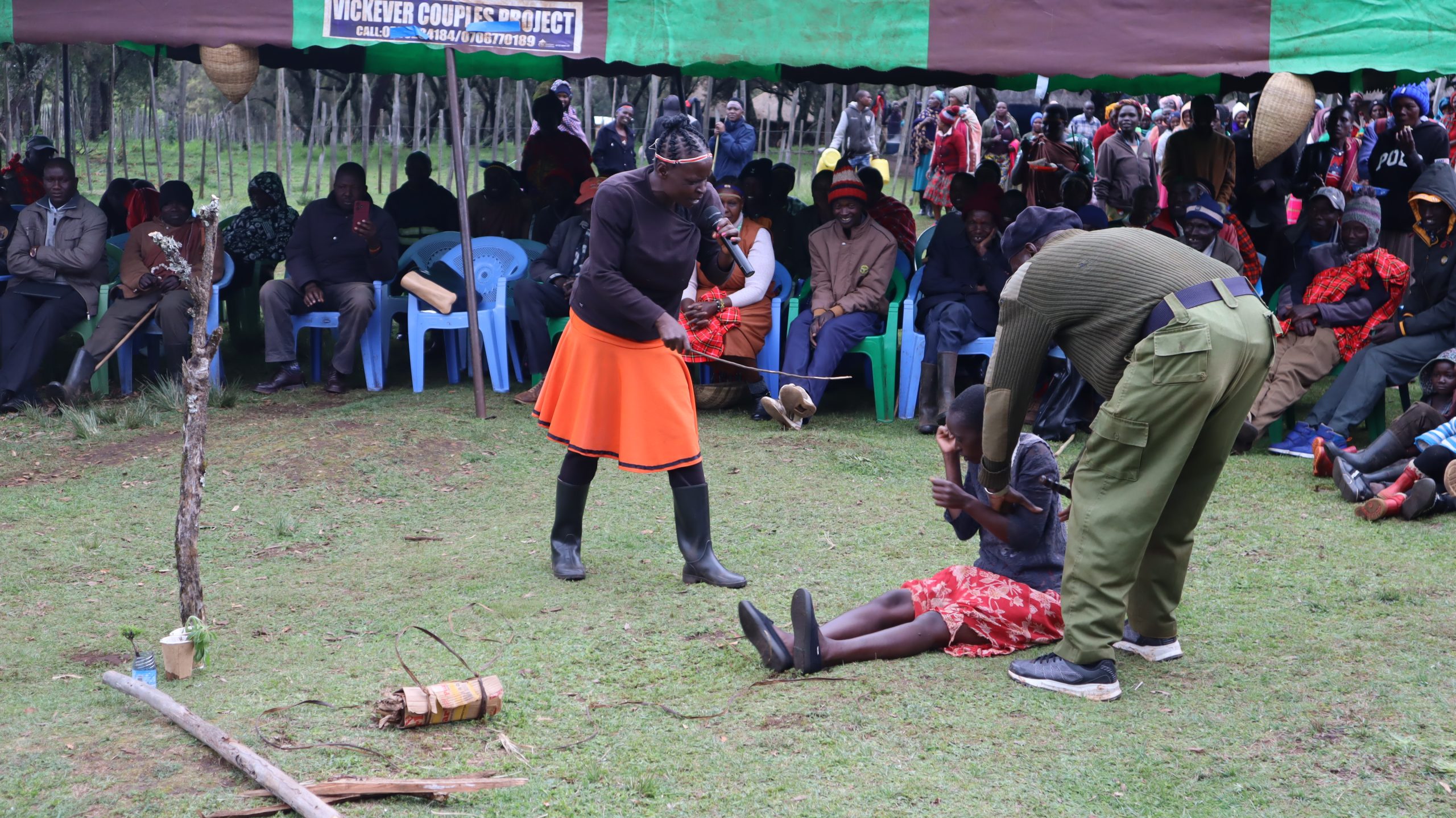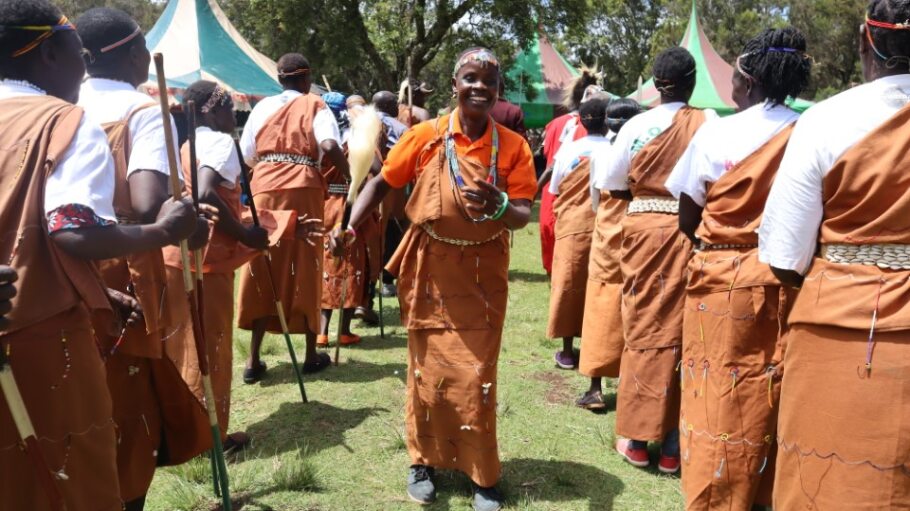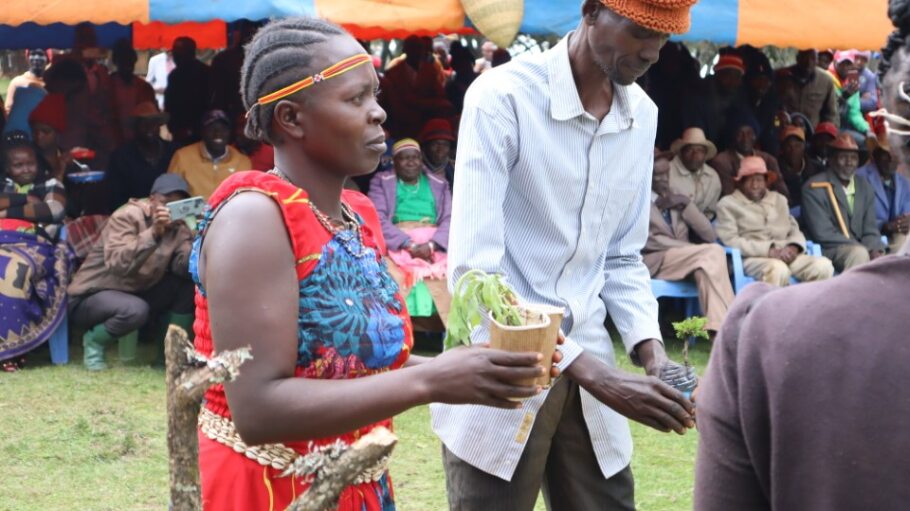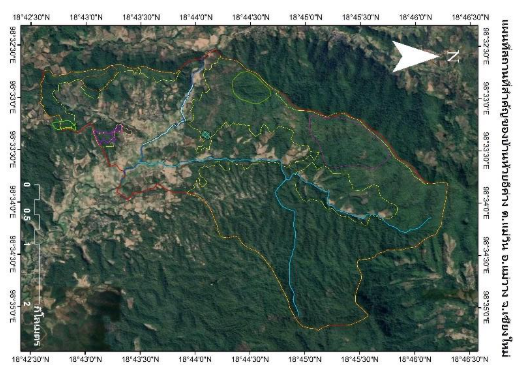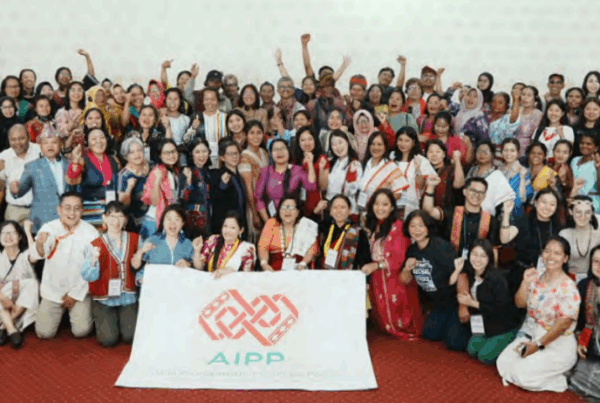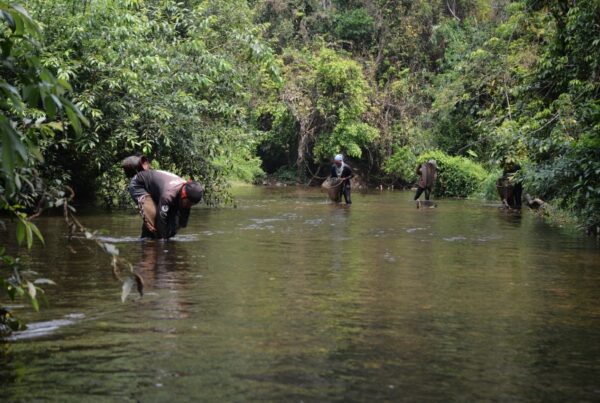Indigenous communities are perhaps the only groups of people in Africa who still maintain their traditional values and culture. Often, their way of life is dictated by their environment and available natural resources, and to live in harmony with nature, they have to develop ways that will ensure their sustained survival. Their rich indigenous knowledge passed from one generation to another, shapes their livelihoods needs and the future.
Occasions such as world indigenous days are a perfect platform for them to showcase and pass down this indigenous wisdom to younger generations. Songs and dances showcase their past experiences and also give them hope for tomorrow, and the near future.
Type: Article
Region: Africa
Country: Kenya
Theme: Traditional and local knowledge; Sustainable livelihoods; Community-led conservation
Partner: Chepkitale Indigenous People Development Project (CIPDP)
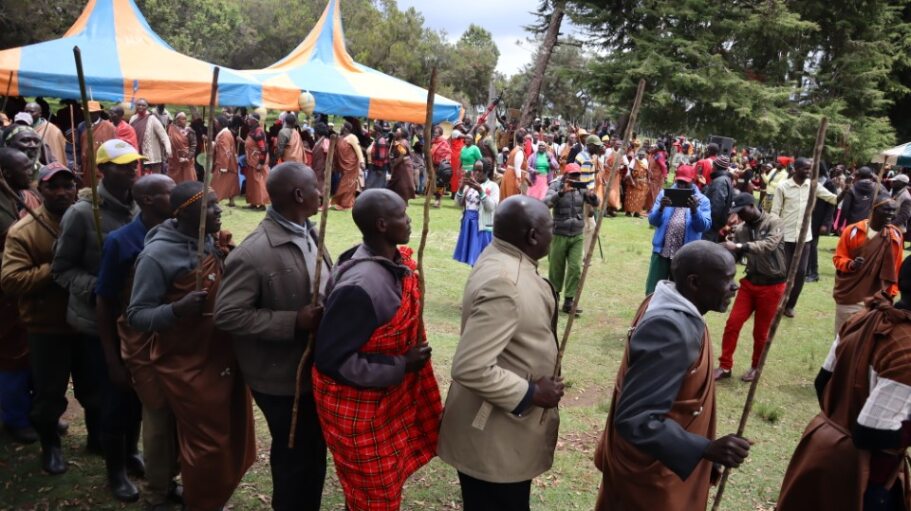
The Ogiek community of Mt.Elgon marking World Indigenous day 2023 with song and dance.
The Ogiek community of Mt. Elgon marked the international day of world’s indigenous people 2023 and there are notable lessons we can learn from them.
Having lived in the forest since time immemorial and facing previous evictions, their conservation efforts made them win a historical court case, where part of their land, which had been converted into public land, was reverted back to the community. By far and wide, they are the custodians of conservation.
Lessons from Mt. Elgon Indigenous Day
Over a thousand people comprising of youths, elders and local administration officials turned up for the event. Songs and dances with informative messages were performed by various groups. A celebrated community artist composed a song titled “moomi olee kerkeey kooreenyoo”, which translates to there is no other place like our land, specifically for the day. It praised Chepkitale as a place endowered with natural resources and therefore the community must keep on conserving.
The message of conservation was communicated through drama as it was both entertaining and informative. In one scene, two women dramatized cutting down a tree for firewood but then an elder and a ranger come and apprehend them. This signified the joint efforts of conservation agencies and the community in stopping deforestation. Other plays discouraged hunting, promoted afforestation and another encouraged a good relationship between the community and local administration/conservation agencies.
Key takeaways:
- Everyone has a role in conserving the environment. Men practice sustainable livestock keeping by avoiding overgrazing and overstocking. Women prevent deforestation by collecting dead woods as firewood (not cutting down living trees) and practicing basketry as a source of livelihood. Youths avoid hunting and charcoal burning.
• Every cultural norm had a reason. An example is the clan totem system which is based on wildlife. This placed responsibility on all clan members to protect “their animal”.
• Community members should not shy away from politics. They should seek to be involved in decision making processes especially on matters that touch on them in one way or the other. Major conflicts have ensued because the community has not been involved/consulted in decision making process.
Cultural interactions have resulted in some cultures being completely lost, assimilated or totally new cultures cropping up. Being isolated in Mt. Elgon, the Ogiek’s cultural practices have remained the same for centuries. The rise in education poses a threat to indigenous cultures as the youth have less time with their elders. Indigenous knowledge is passed though apprenticeship meaning the less time youths have with elders, less and less traditional knowledge is passed. Moreover, education presents a distorted view of indigenous traditions and beliefs.
In the past, elders have laid the blame on youth for causing destruction. Disconnect between the two groups meant the elders could not guide the youth and were therefore acting out of ignorance. In reality, both the youth and elders were at fault, but recently, this has changed as more and more youth are involved in documentation of indigenous knowledge and others being
actively engaged in mapping (a project aimed to generate evidence on community’s territorial boundaries and identifying points of interest). Currently, youths are taking an active stand in community matters.
There is a direct correlation between culture and conservation. Sources of livelihoods in indigenous communities force them to take actions that ensure continuity of the resource. This not only brings a sense of ownership but also instils responsibility.
Supporting indigenous communities to use their traditional practices and Indigenous knowledge promotes conservation. By recognizing their efforts, providing conservation education and introducing sustainable livelihood projects, it can alleviate strain on forest resources. Close to 600 community members have undergone conservation training since the inception of the Transformative Pathways project
